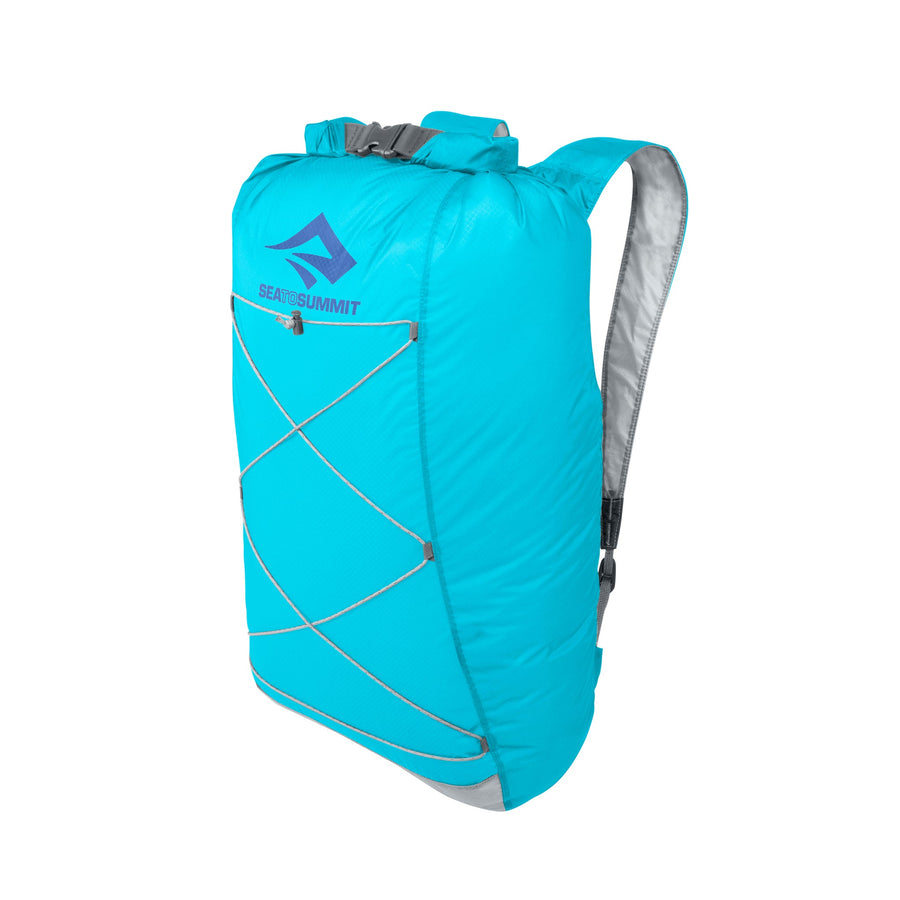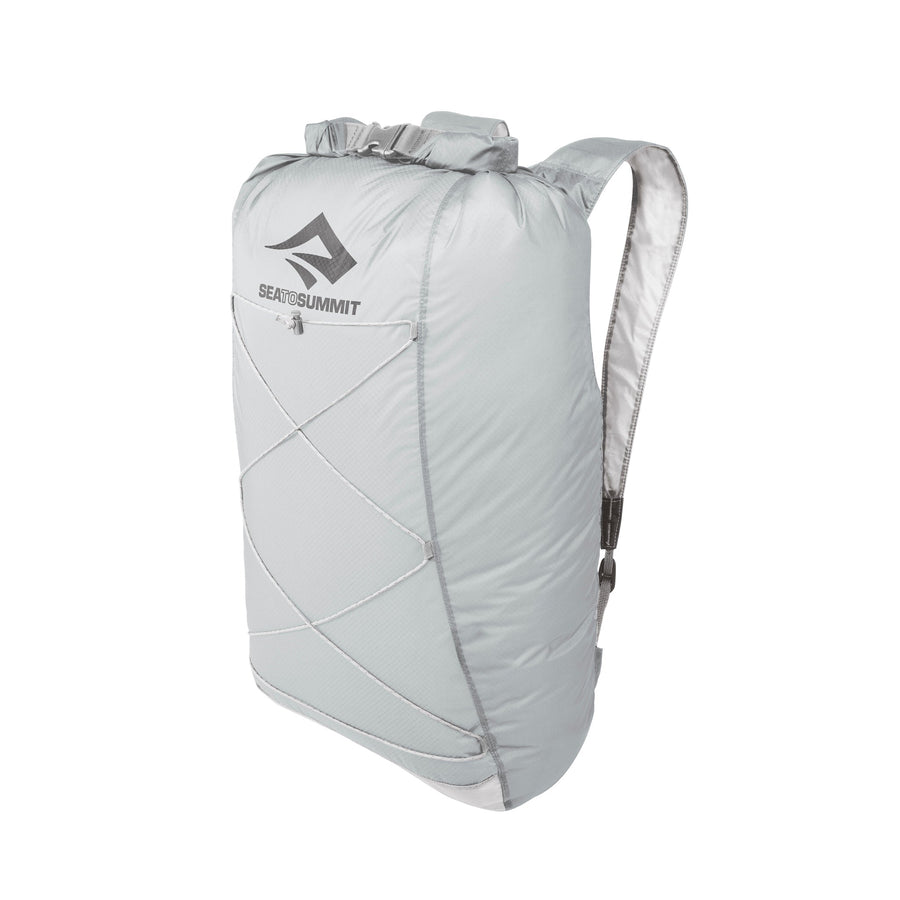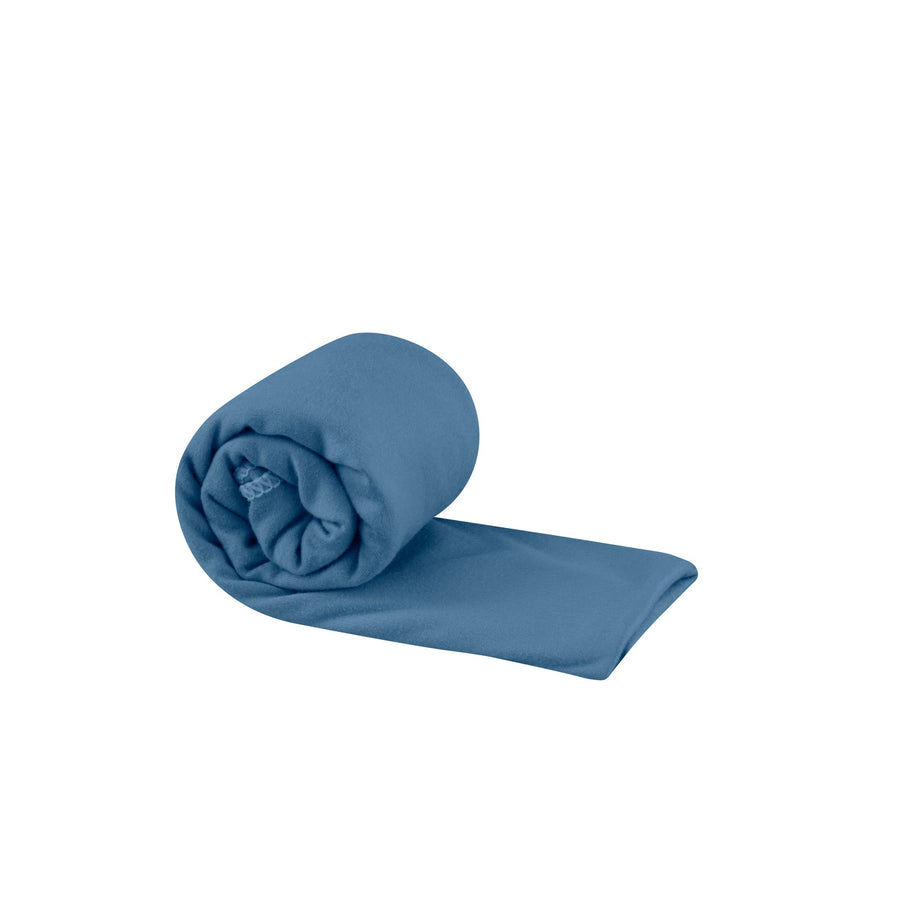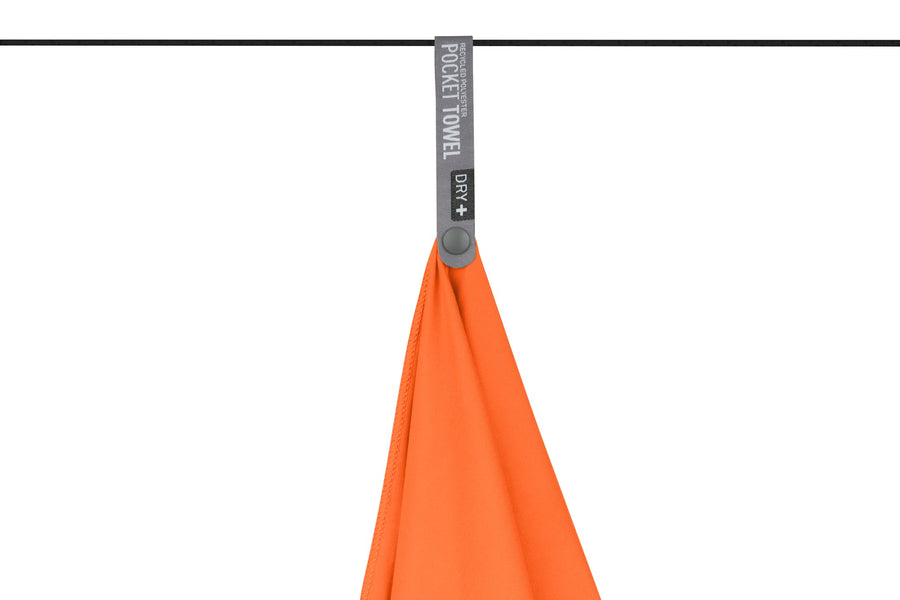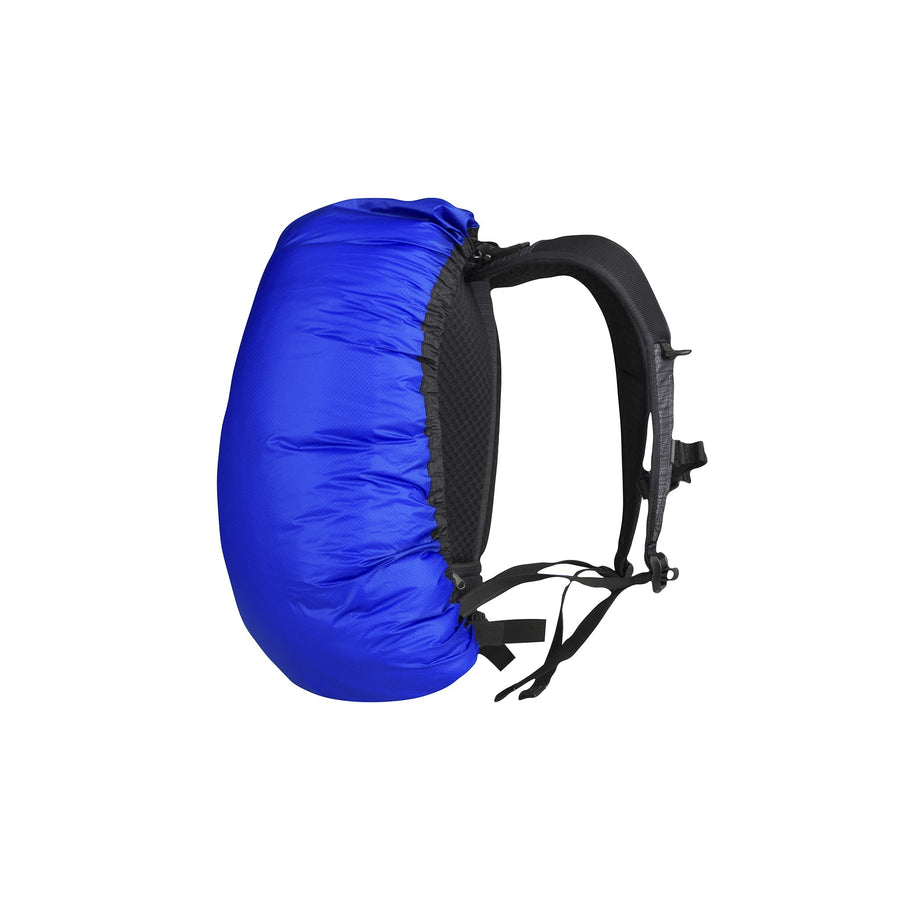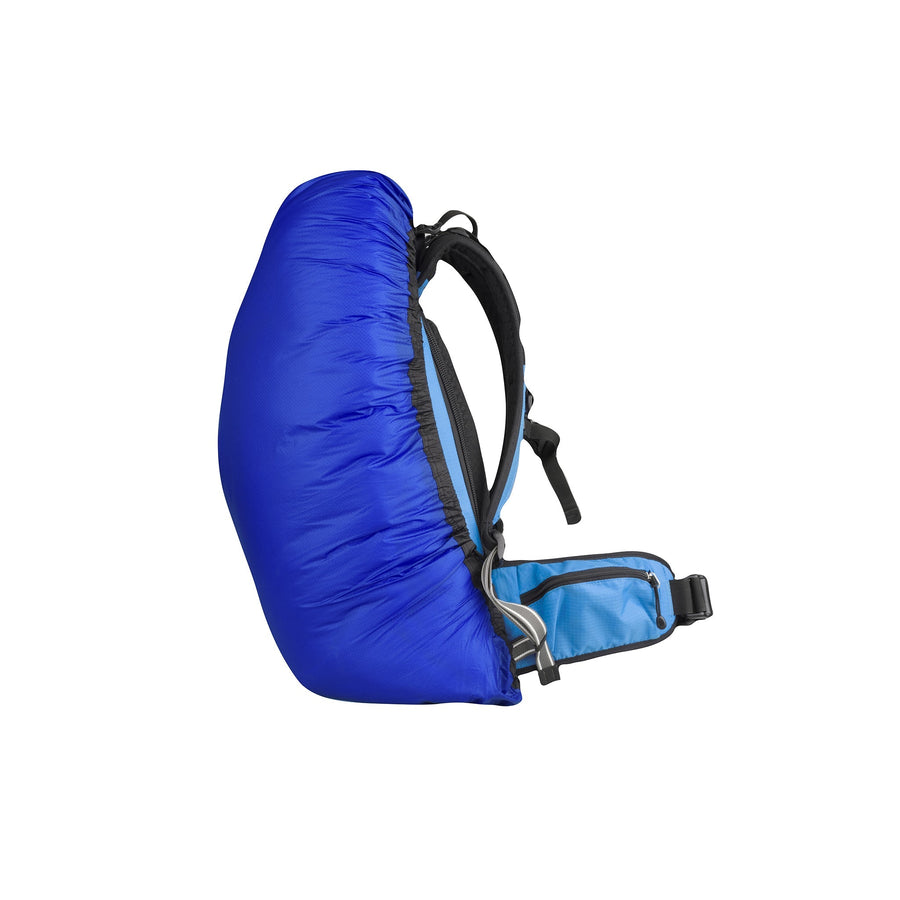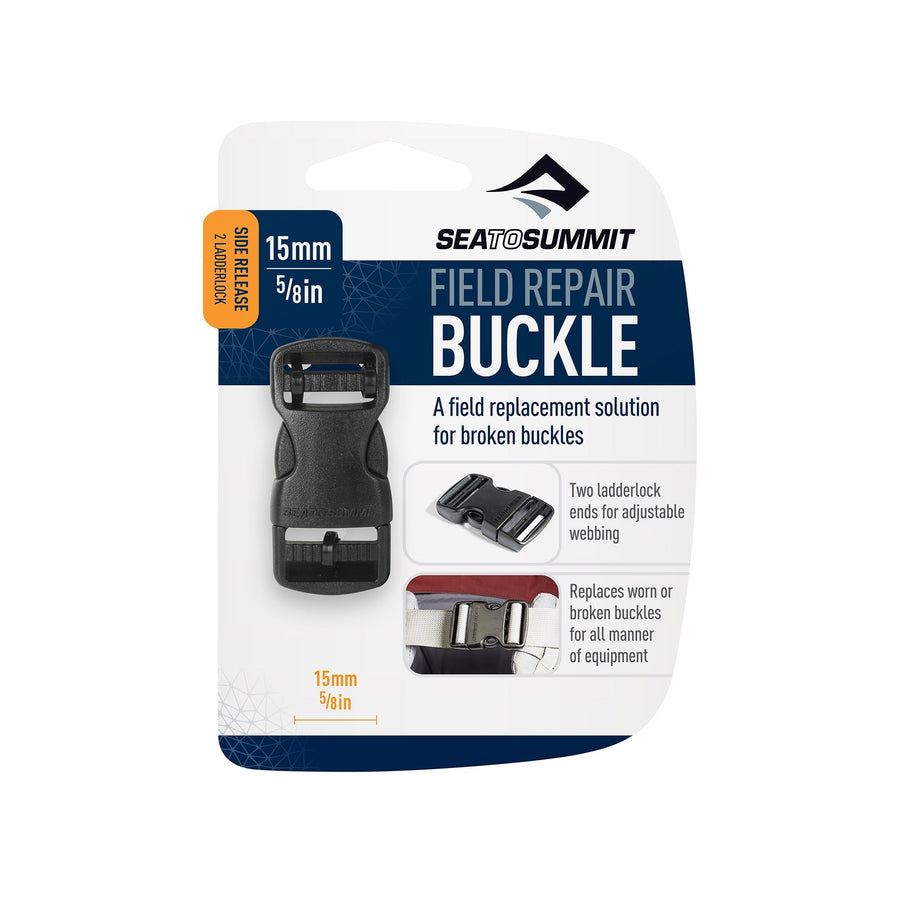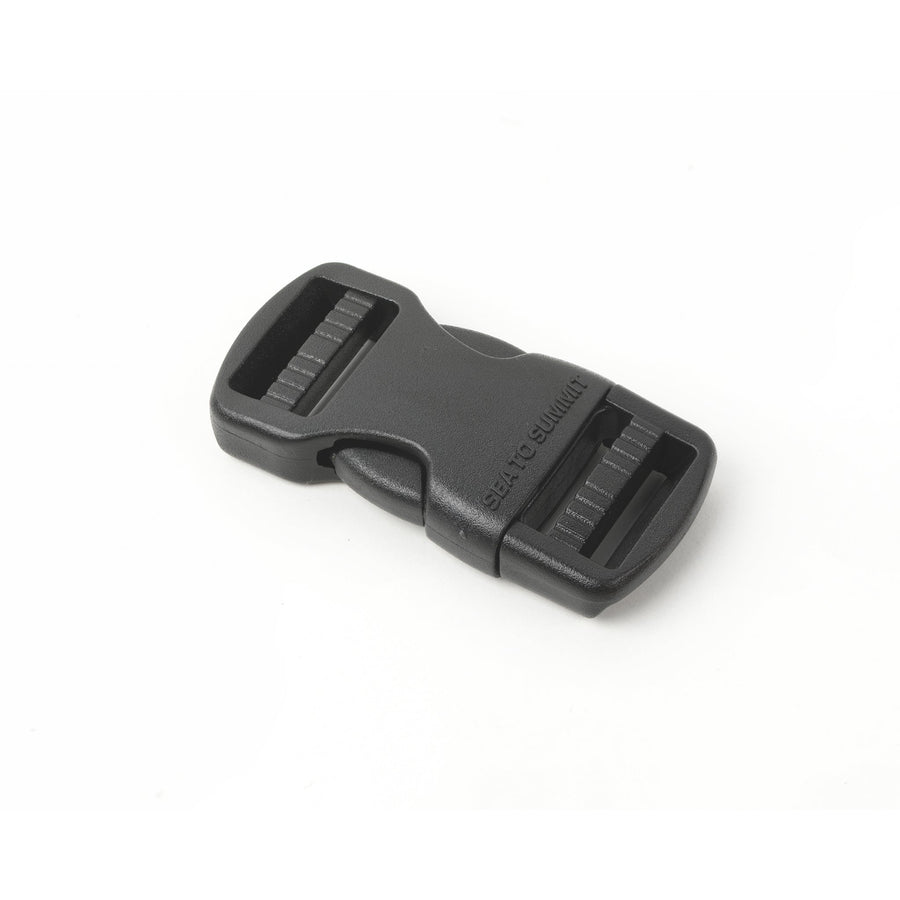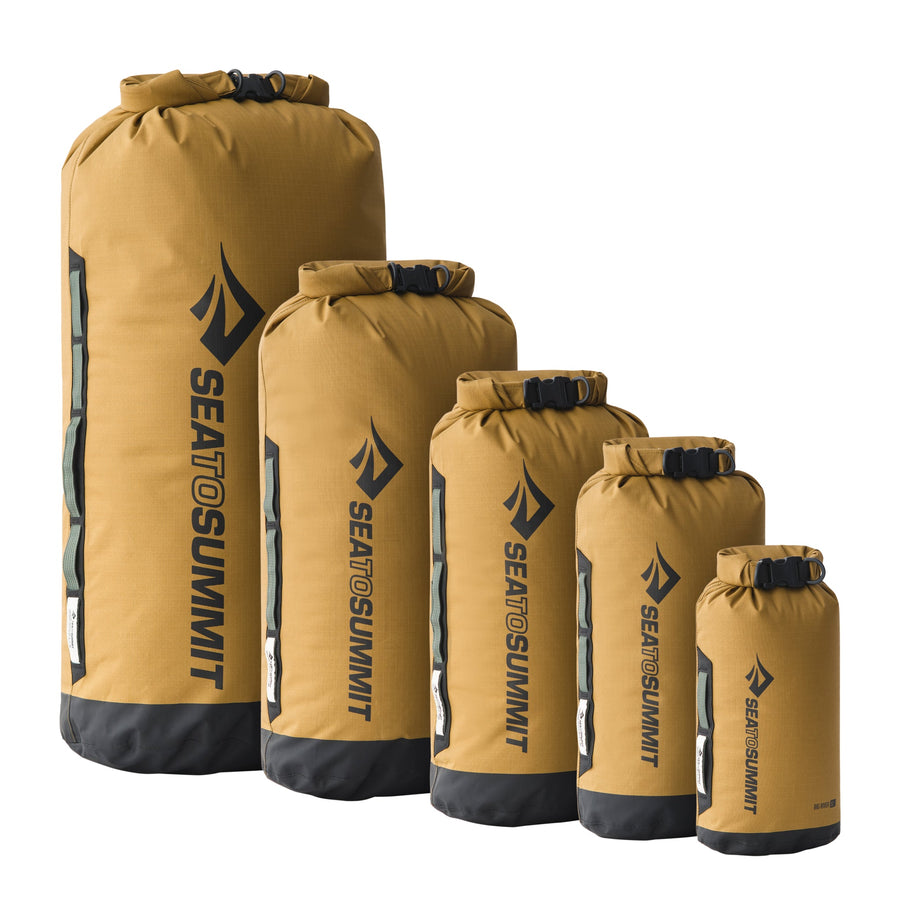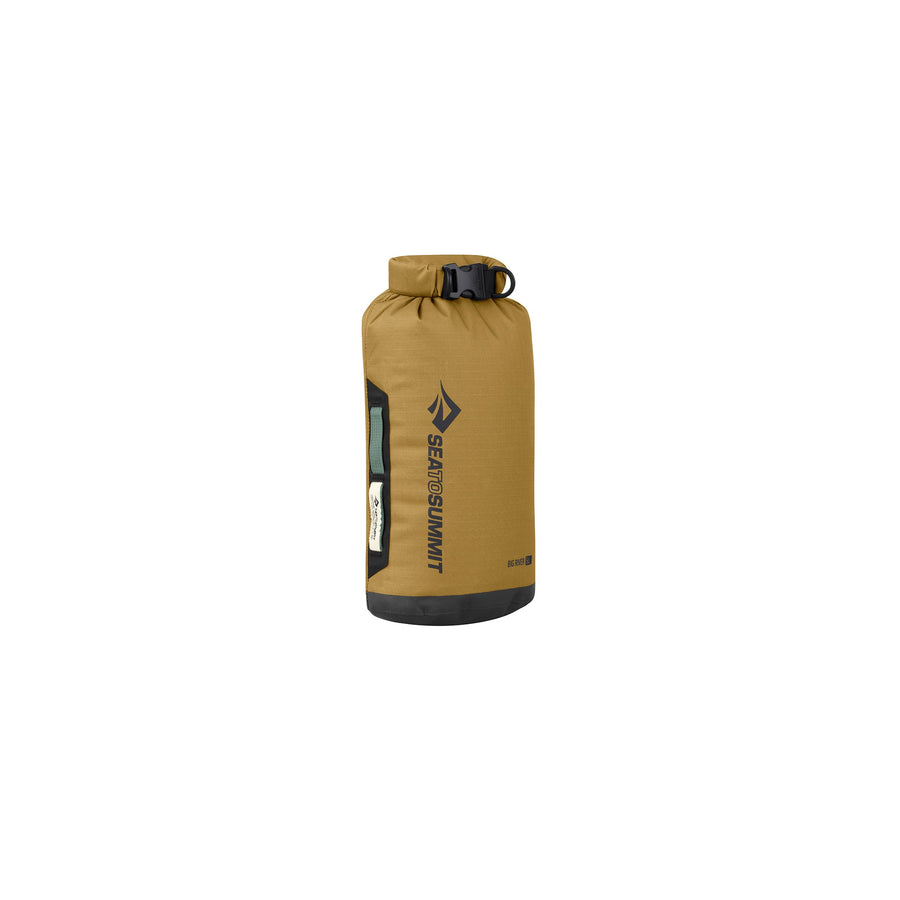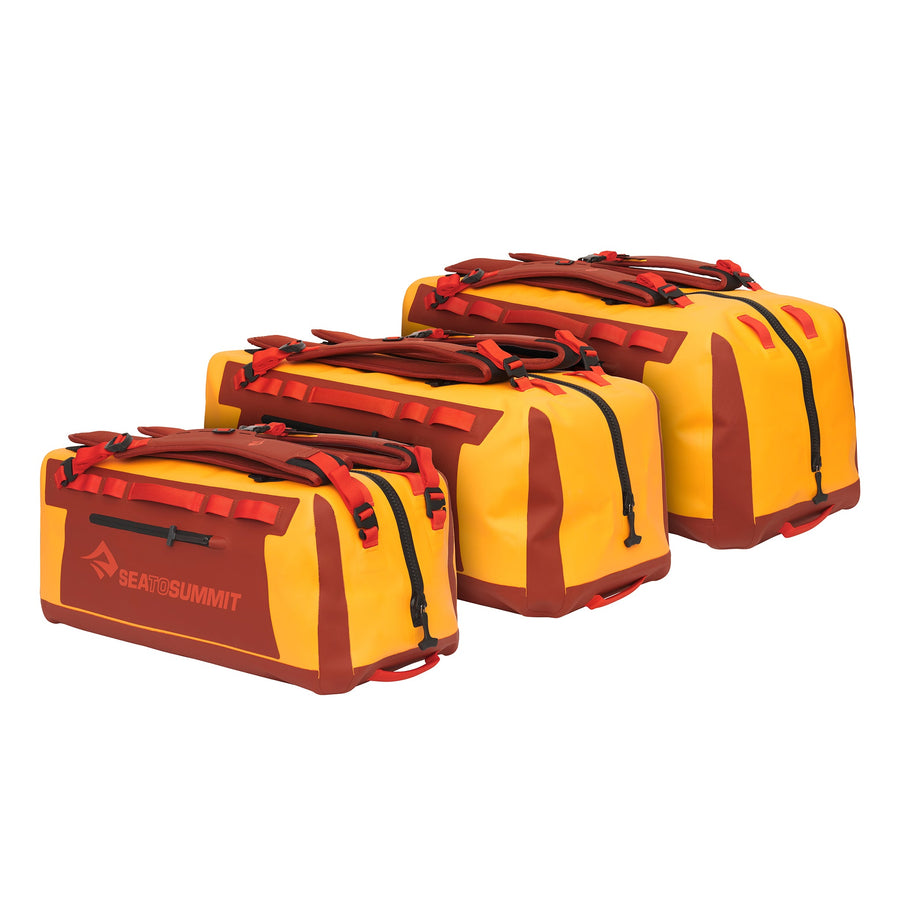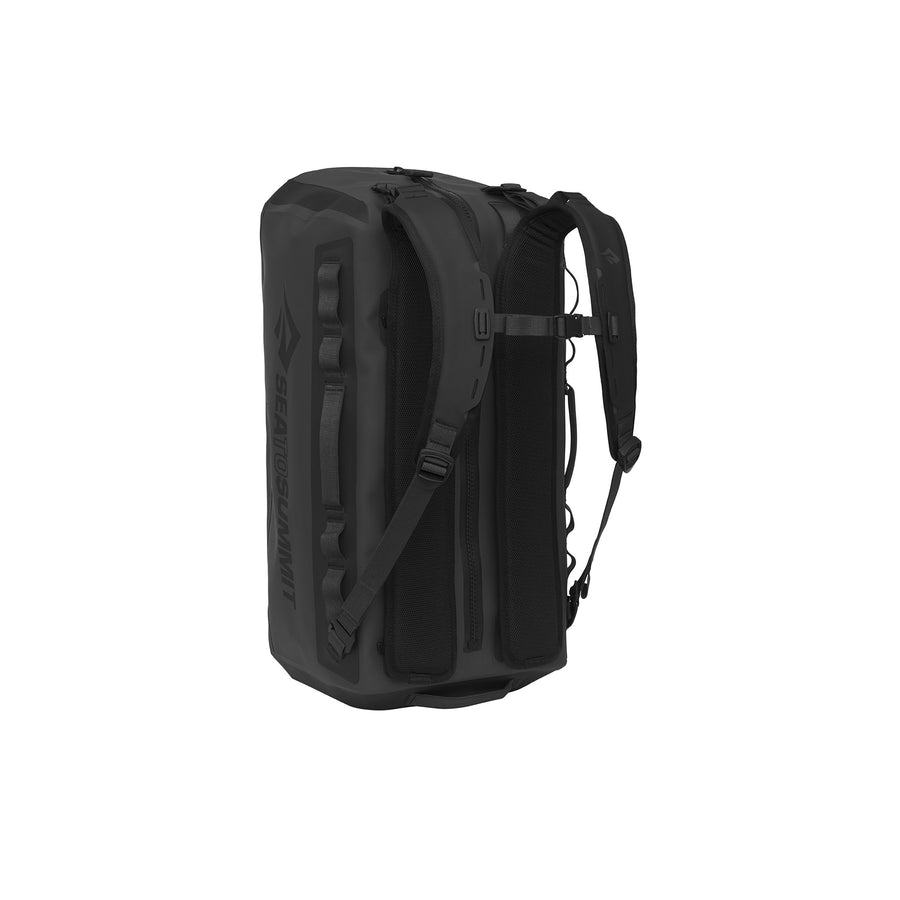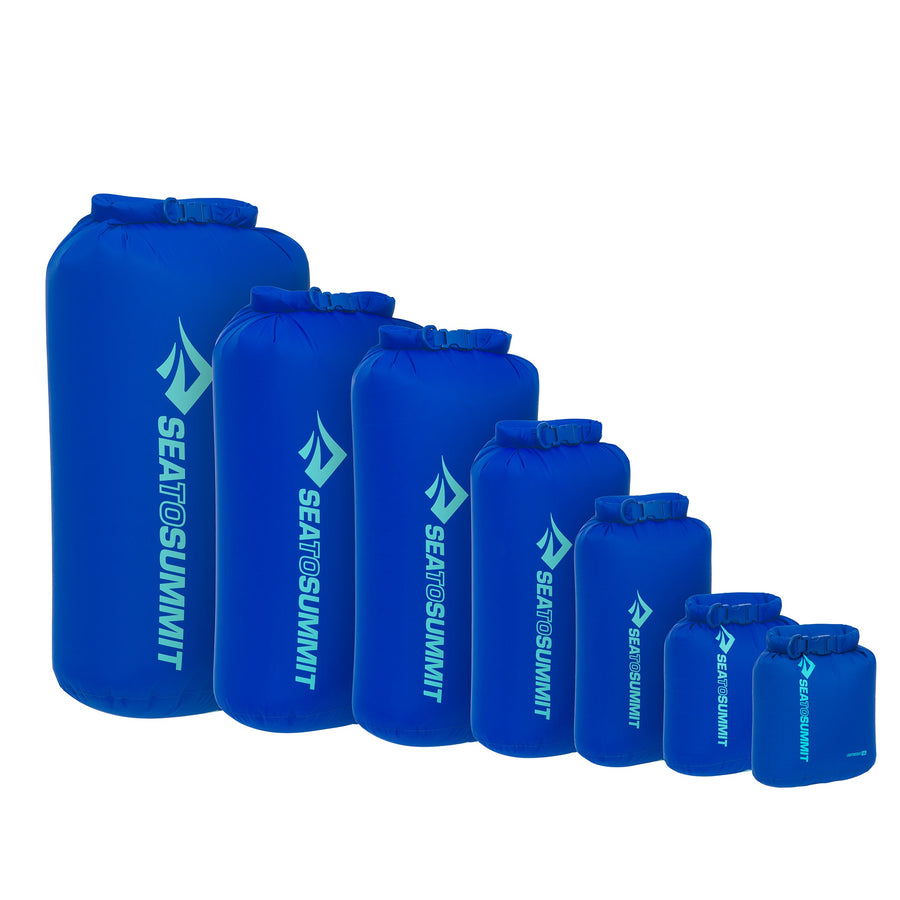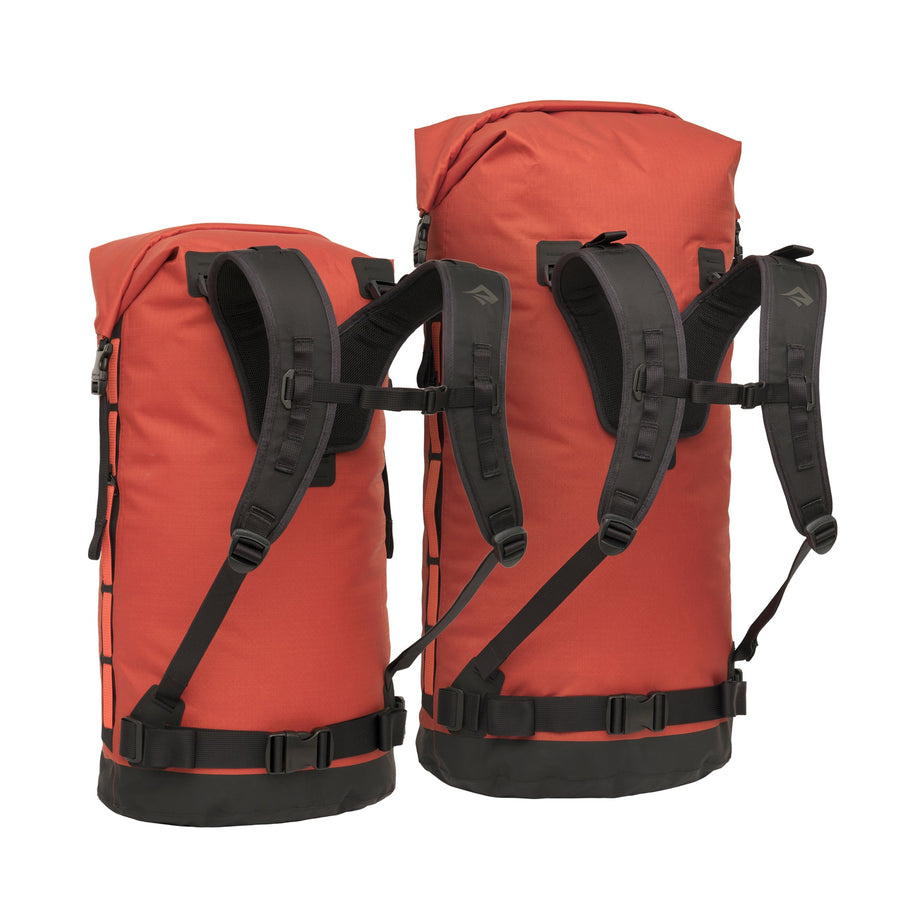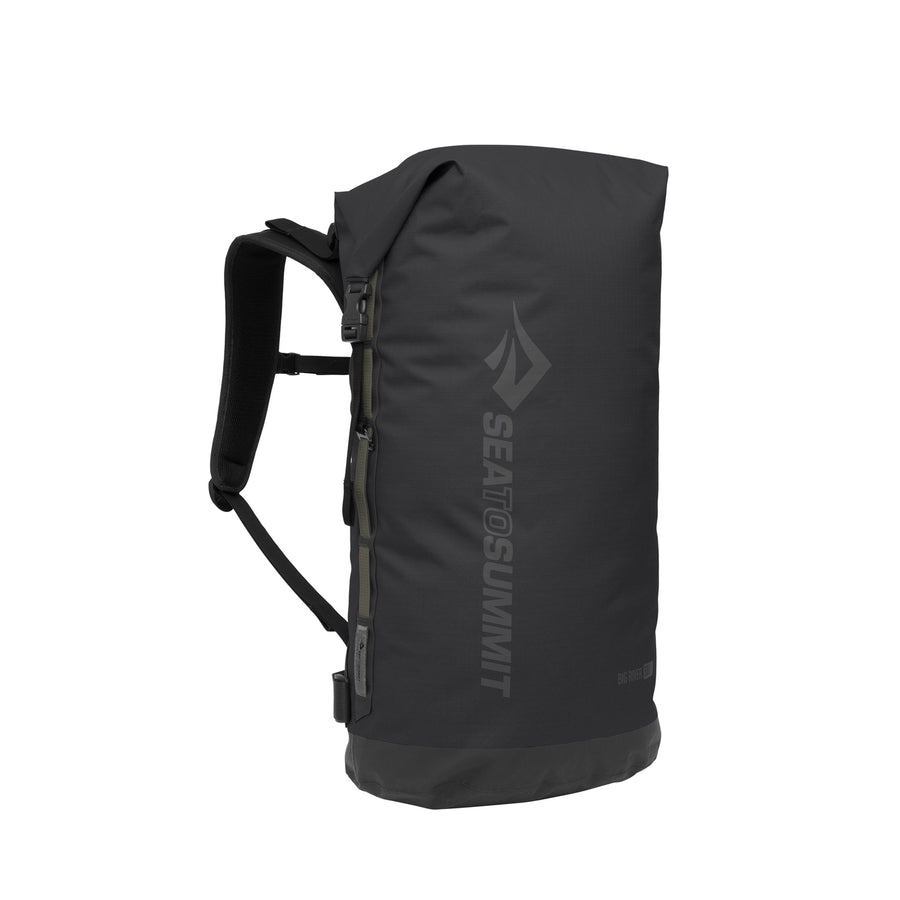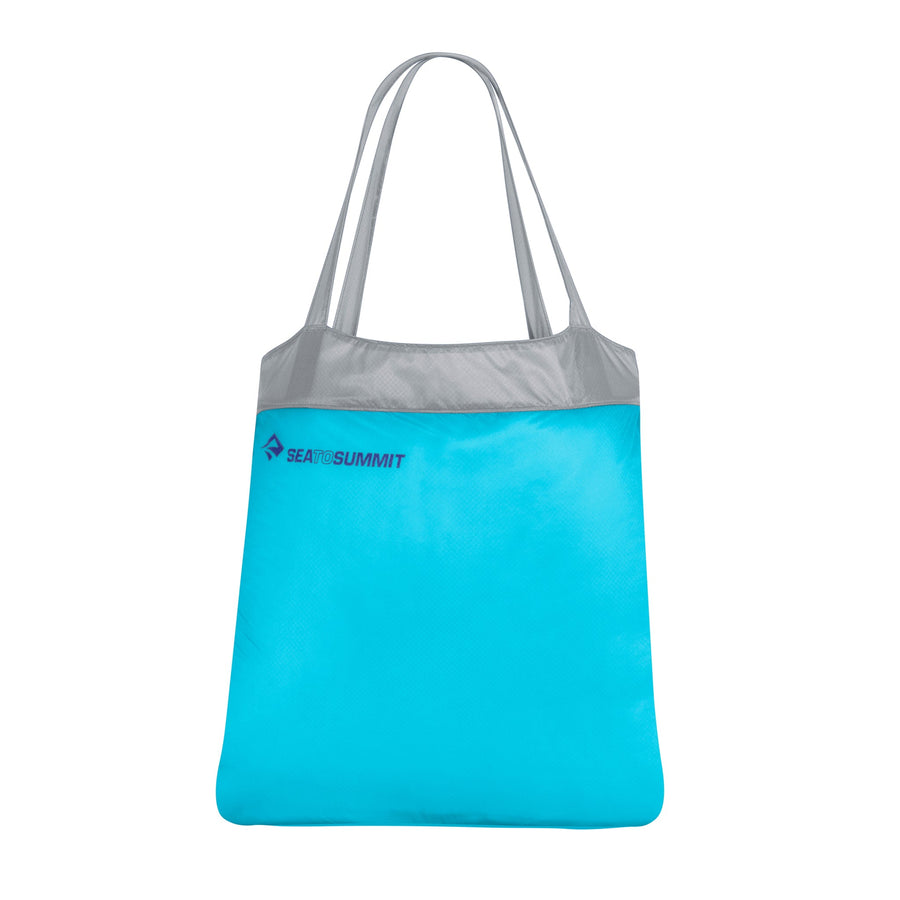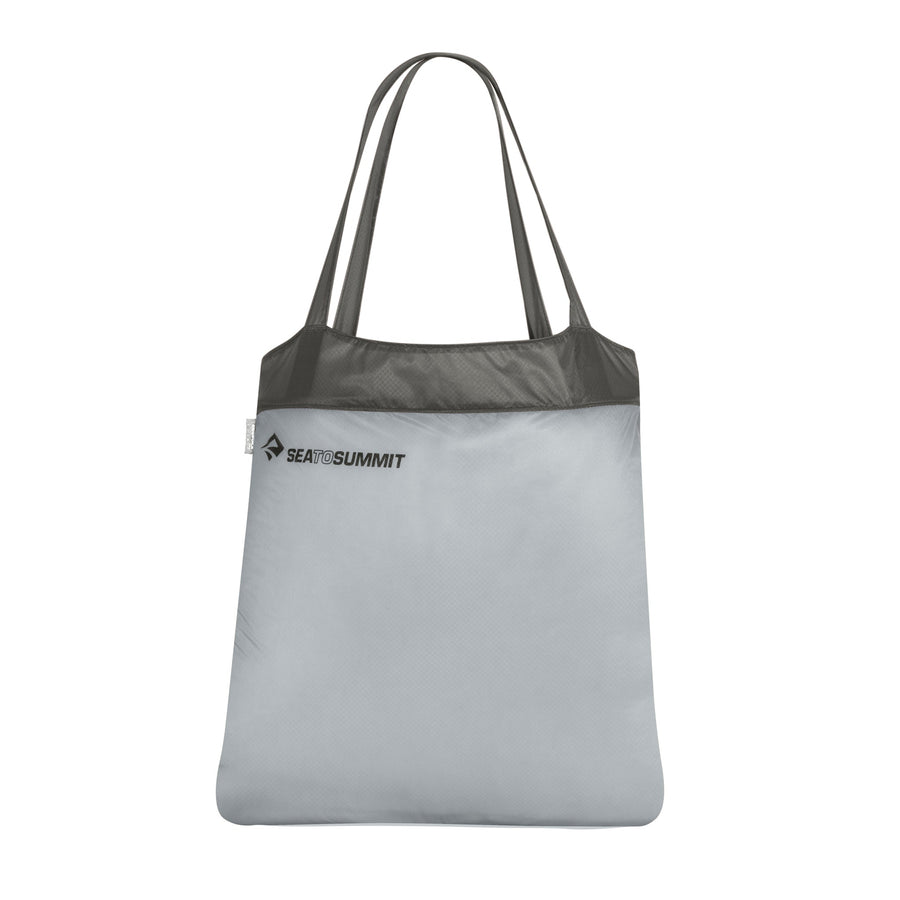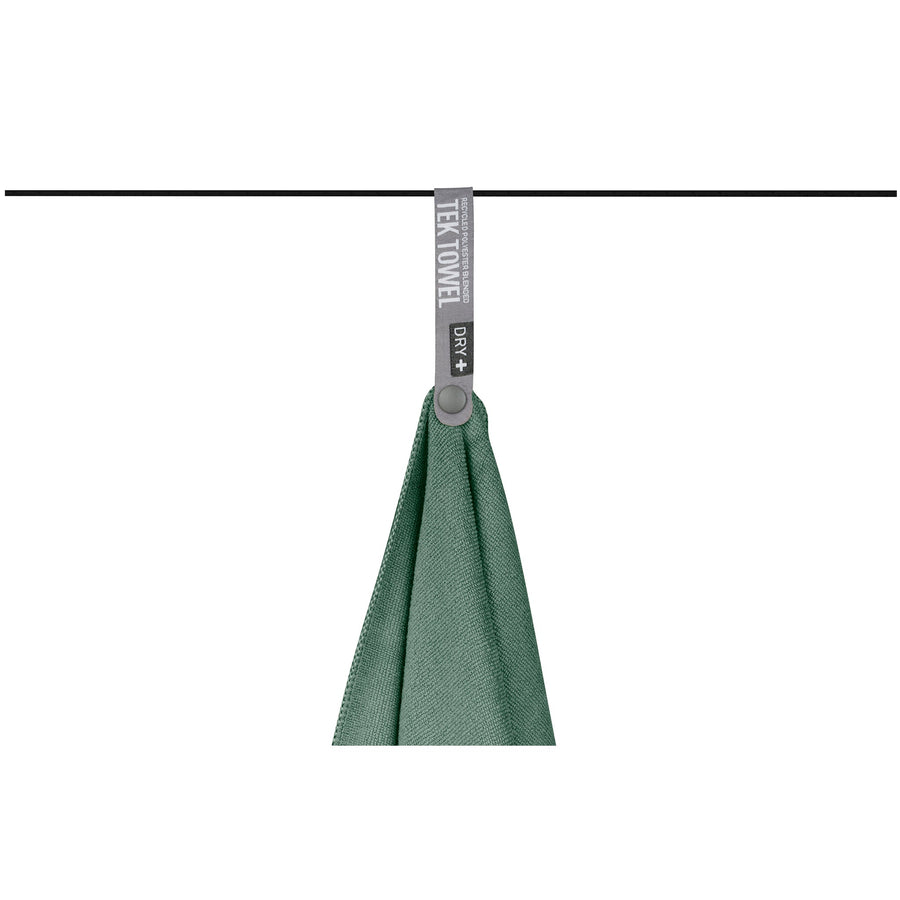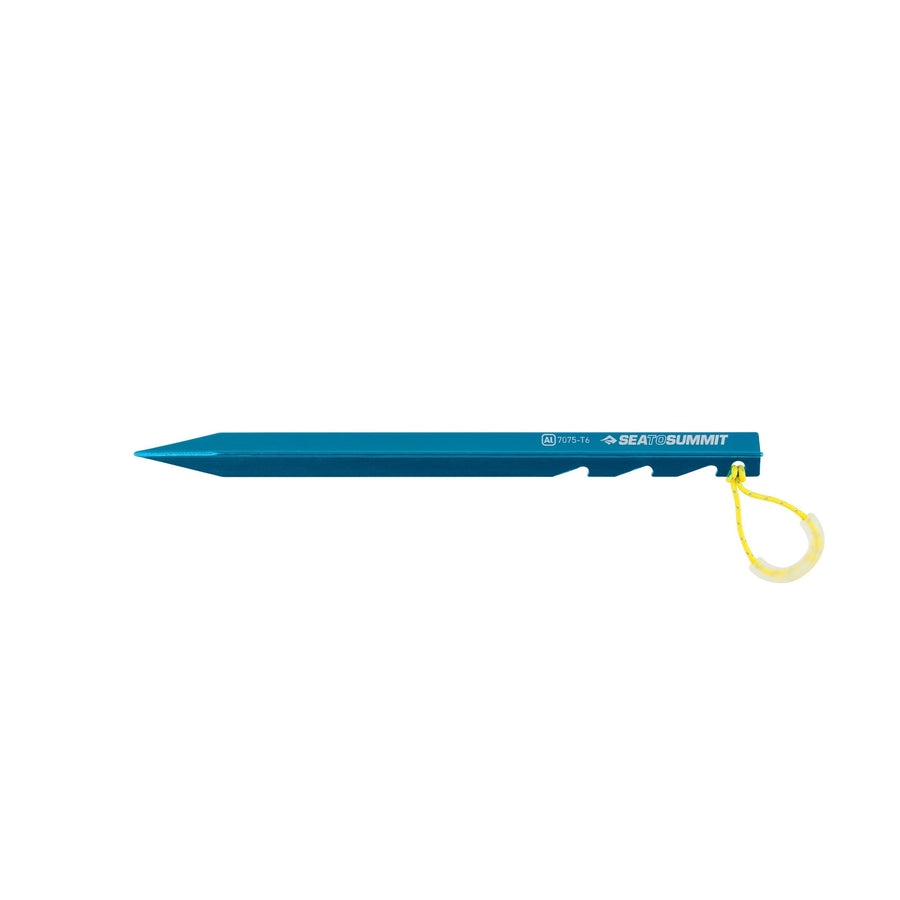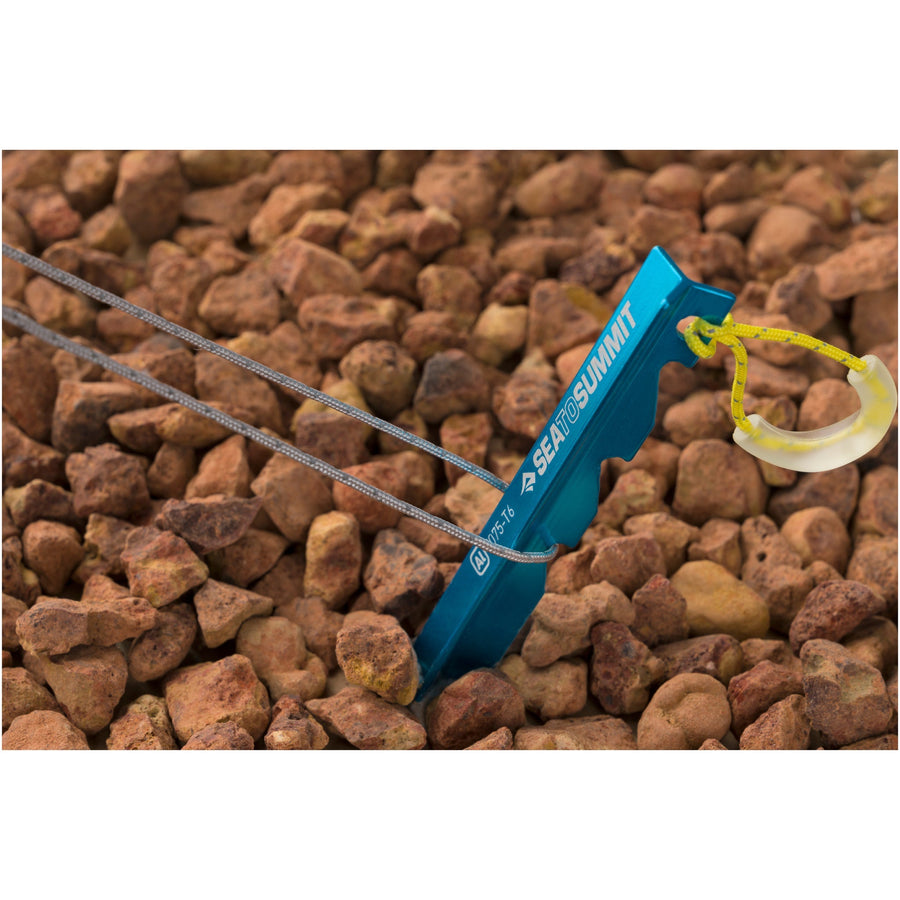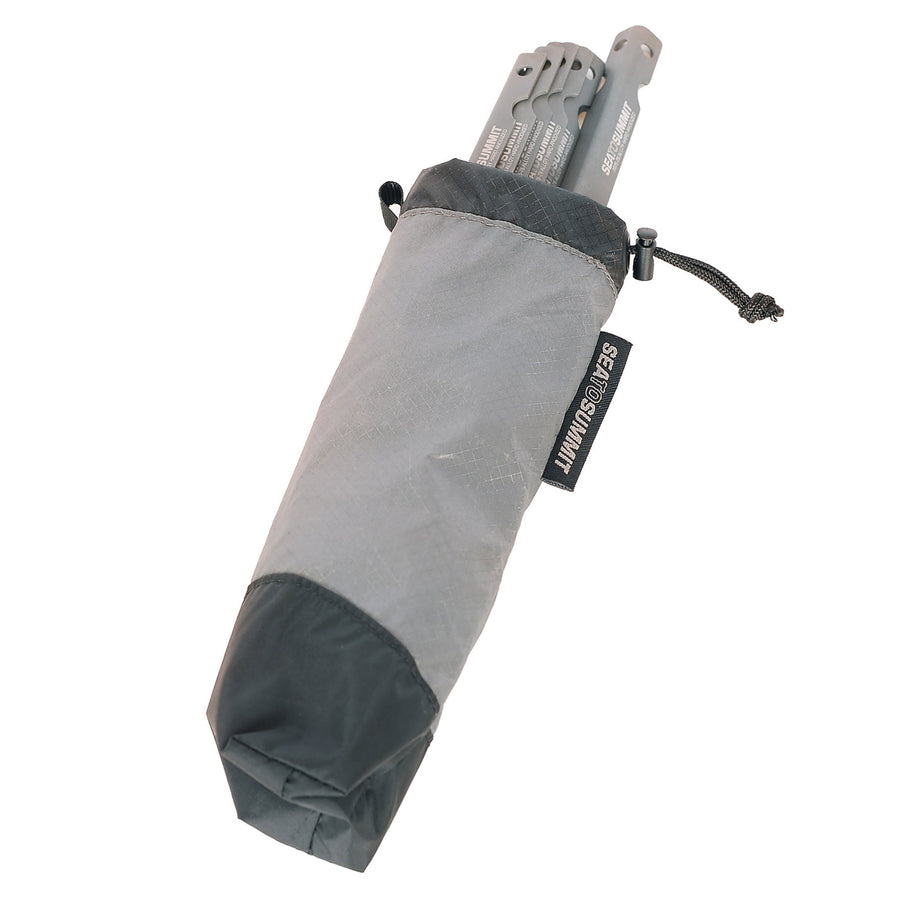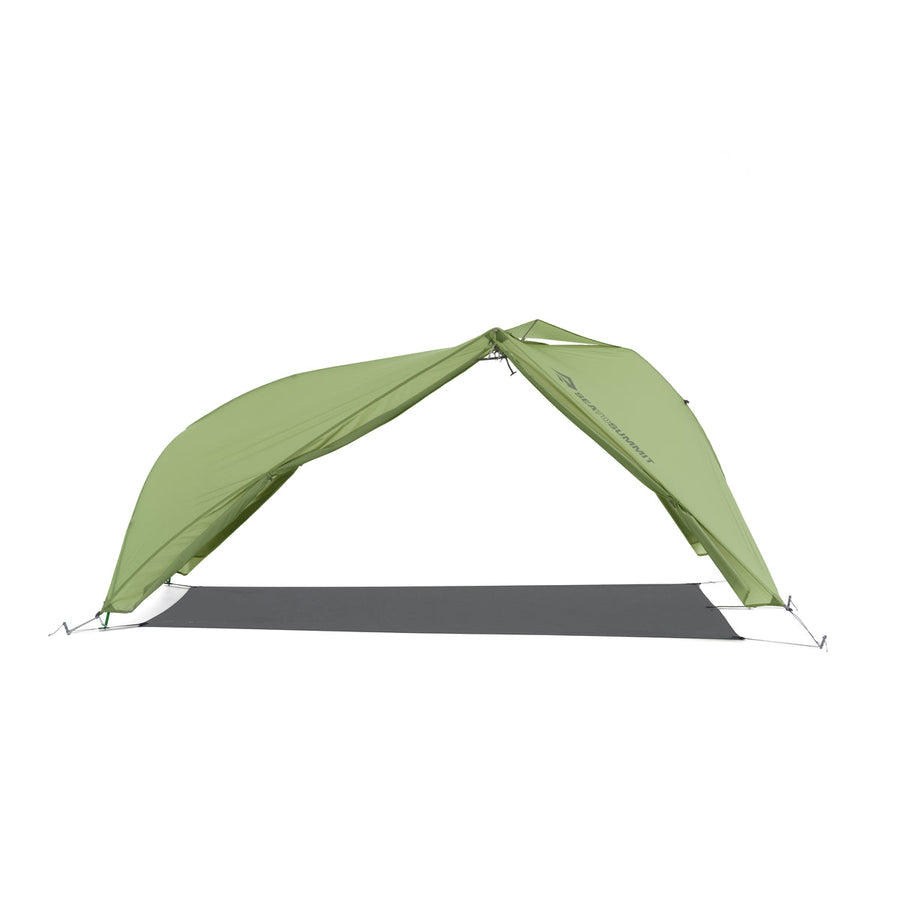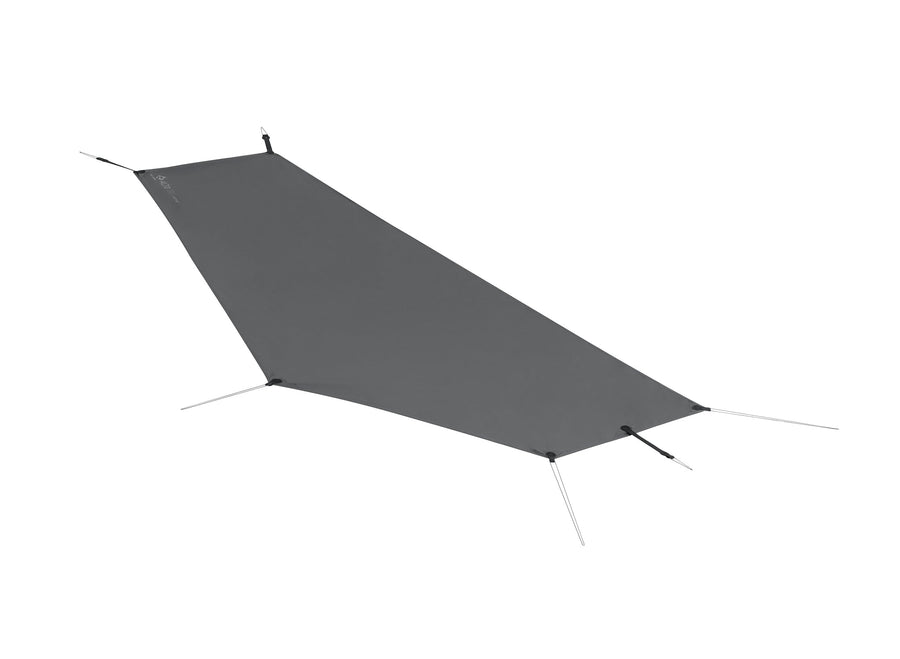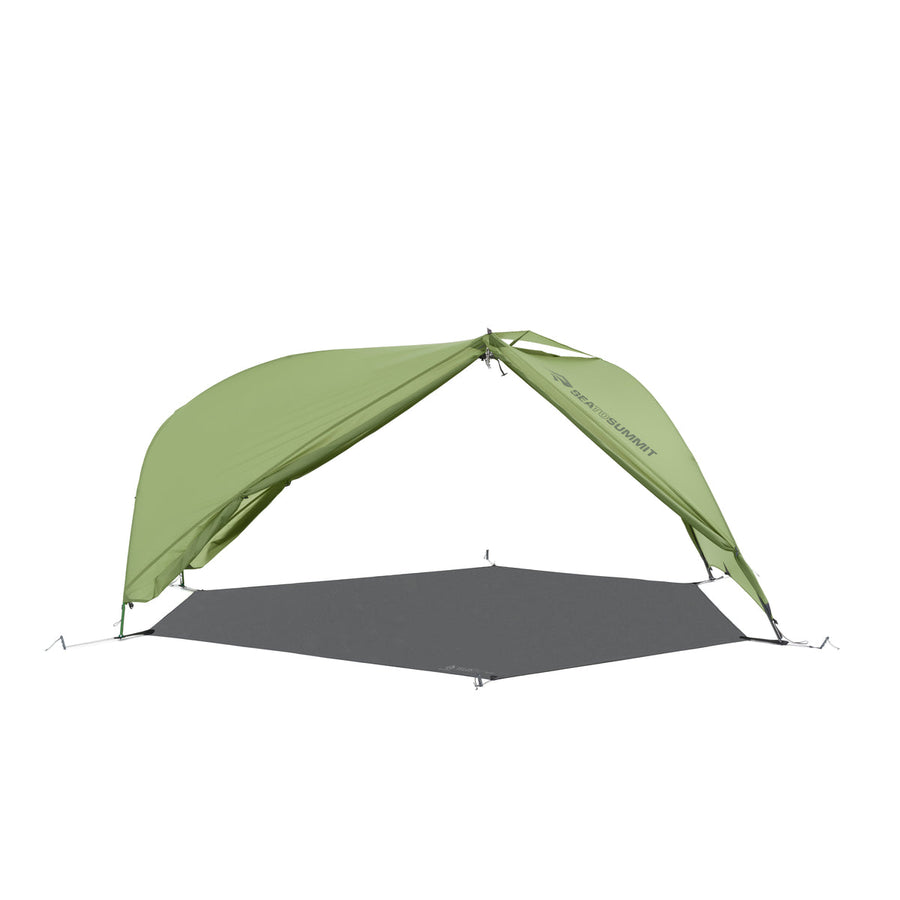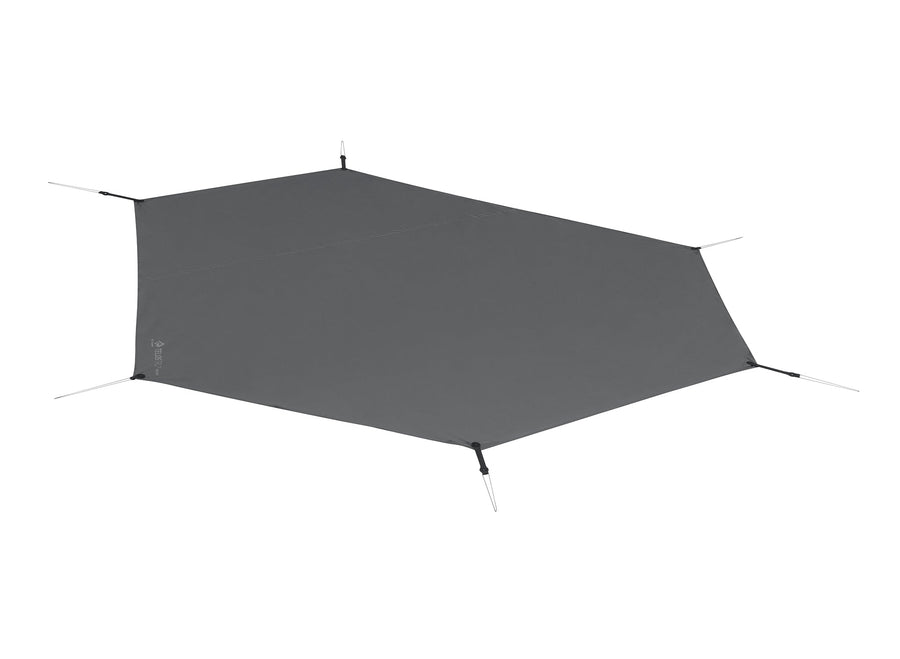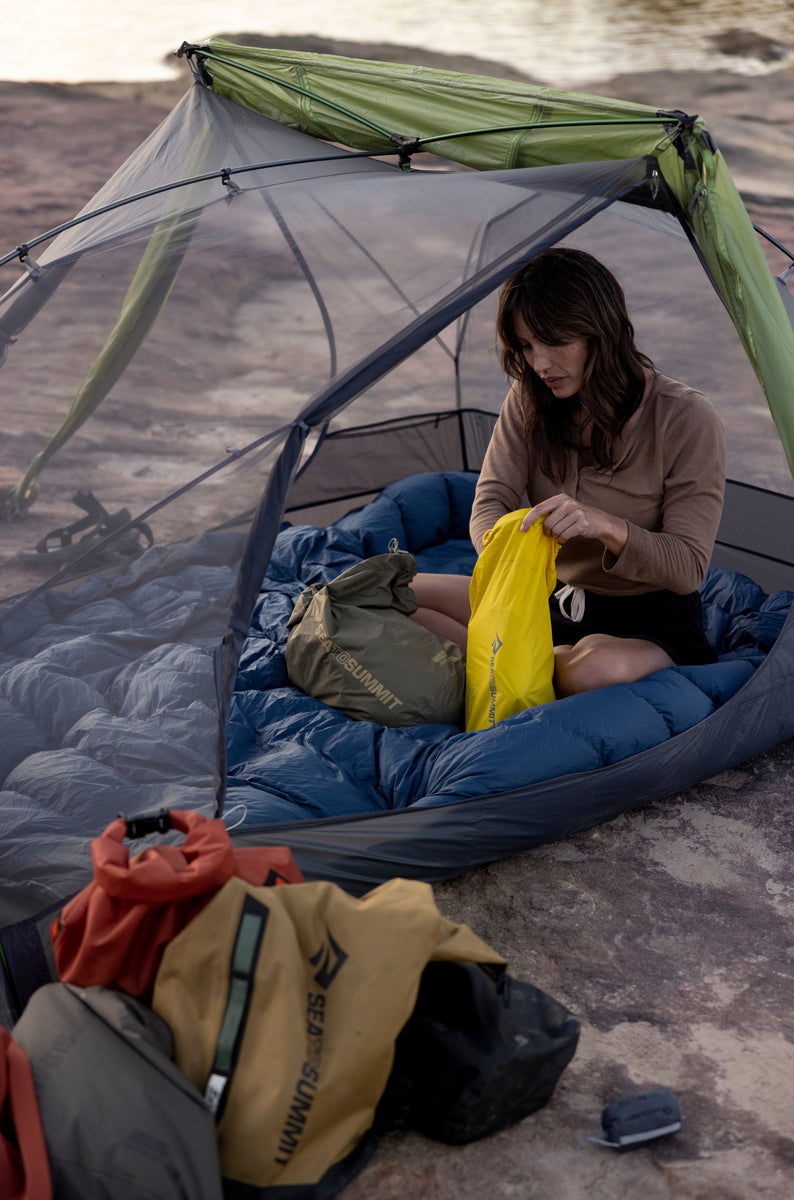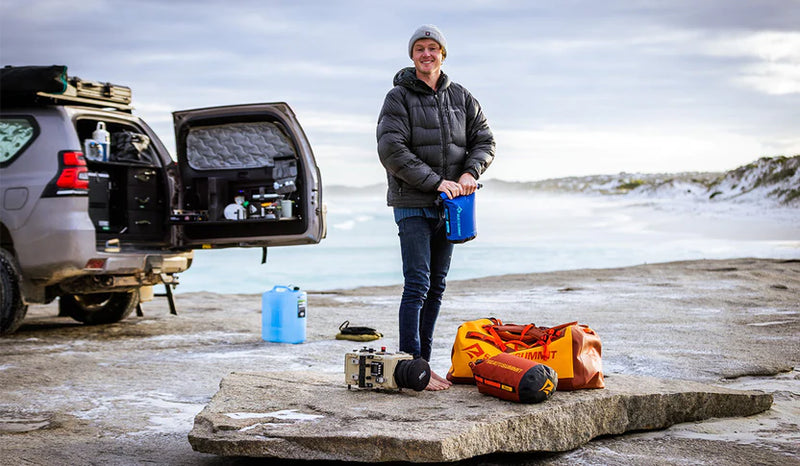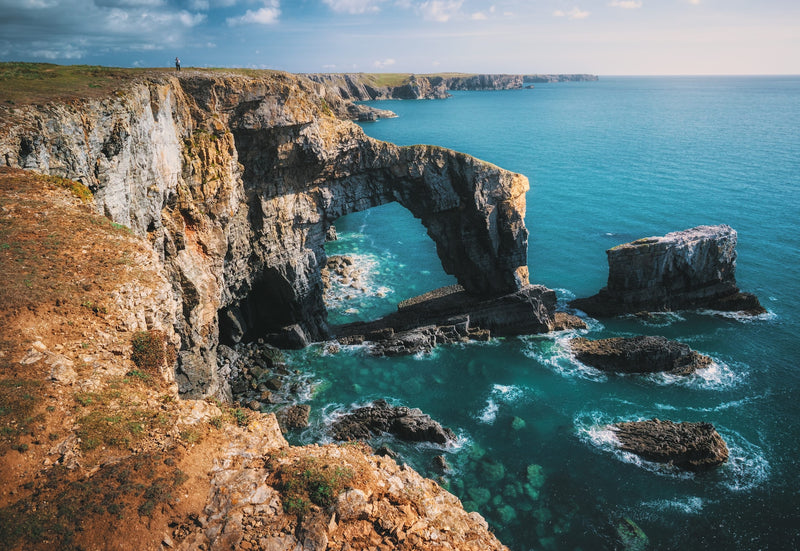Exclusive Interview with Veiga Grétarsdóttir: The First Person to Kayak Counter Clockwise Around Iceland
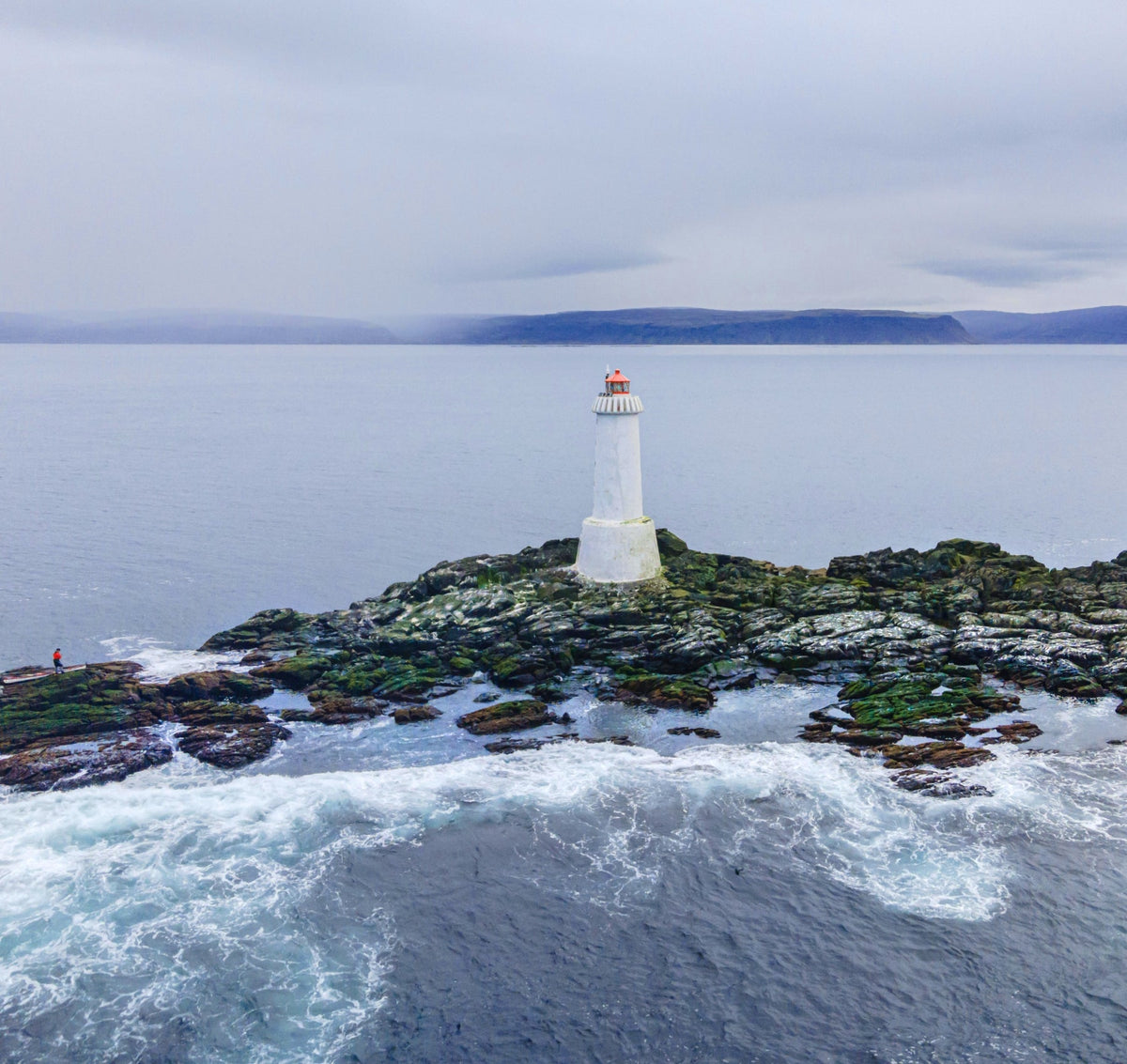
In an exclusive interview with Veiga Grétarsdóttir, we explored a life spent in the outdoors, growing up in Iceland, achieving history, advice for anyone looking to achieve their own personal goals and so much more.
So, without further ado, let's dive in.
Can you tell us a little bit about yourself. Where do you call home, what do you do for a living, what do you do in your spare time?
My name is Veiga Grétarsdóttir. I was born in a small fishing village in the northwest of Iceland. I grew up there and that’s what I call home. I was there until I was 20 years old, until I moved away. I also lived in Norway for a couple of years.
For a living, I am lecturing and speak to companies as well as schools about my story as a trans woman and how it was to grow up in a small fishing village, finding out that you were not like the other boys around you.
In my spare time, which I don’t have much of, I usually just go out and paddle. I also practice sea kayaking, taking pictures, making videos and just being in nature.
I live in a van so I travel around with my kayak on my roof and camera in hand. I used to work for a C&C company working in steel and after my trip, I quit that.
Since then, I have been paddling, making documentaries and fighting for the environment. I also teach kayaking if I can and receive support from organisations. For example, on Friday I am doing a talk in Iceland about fish farming in front of 100 people in English.
I also love skiing; I have two kids; a son who is 21 years old and a daughter who is 11 years old. My focus in life is about fighting for the environment and its protection.
What is your relationship to the outdoors and adventure?
I have always loved the outdoors. I practiced downhill skiing when I was growing up. I also love mountain bicycling, travelling around and seeing the wildlife.
After my transition, I was incredibly depressed and stopped paddling and kayaking in 2010 but started again in 2017. I can say, in a way, going back and kayaking saved my life. Being on the water, surrounded by beautiful nature including seals, birds, whales, starfish, jellyfish, crabs and all the creatures in the ocean is a form of meditation. It’s like going to a different world.
What inspired your goal to kayak counter clockwise around Iceland?I had always wanted to go on a long expedition, but I never had the self-esteem or courage to do it because I thought I was nobody and that I wasn’t good enough. But something happened in my life when I started my transition; I found the courage to do it.
I was so tired of my job and I remember one day, I was sitting in the office selling tools and hardware stuff. I just hated my office job and decided in that moment, I’m going to paddle around Iceland next year.
My first plan was to paddle clockwise. I started planning and preparing. Later that year in August, I was on a sail boat in Greenland kayaking and I was talking about this trip with the captain. He said, ‘Veiga, you have to go against the current. You have being going against the current you’re whole life.’
We discussed it that evening and he said, ‘If you do it, I’ll sponsor you.’ And I agreed, I thought, why not. No one had kayaked counter clockwise around Iceland before so why not be the first person to do it.
A couple of weeks later, he posted some pictures of me on Instagram and introduced myself, my goal to paddle around Iceland and my transition. Oskar Pall Sveinsson, the filmmaker, immediately saw the potential in this story, and he called to ask if I was willing to be a part of a documentary that would explore my story. That’s how it all began.
Making history is an extraordinary accomplishment and rarity. What was the mental and physical preparation involved in enabling you to accomplish that goal?
I didn’t focus on this trip to make history. Basically, I didn’t do anything except physical training for the trip. The only thing I thought about was getting good sleep, having the right gear and planning everything.
I thought I might be lonely, but I have often been asked that and my answer is never. I had a sense, prior to the trip, that it would be easier than my experience of transitioning.
Being alone for 150 days in Iceland was a piece of cake compared to the transition of going from a man to a woman. And I was never lonely.
If something, I wish I had been more alone. I did not belong to a man’s world anymore and I was not accepted as a woman. People were afraid of me and didn’t know how to act around me, so they avoided me.
Compared to this experience, the paddling trip and journey was far easier. I was not preparing mentally for this trip.
What did you learn about yourself and what you’re capable of from that achievement?
I’m not sure but I know I came back a different person. Today, I live a more minimalist lifestyle. I remember coming home and looking at my living room and thinking what the purpose and reason for all this stuff was. I learned that things don’t make me happy.
Making new friends and getting to know people all around the world does make me happy. What stands out from this trip is all the people that I met around Iceland.
I learned that I’m capable of doing more things like this and I have realised that I can do whatever I want to do. You just need to set your mind to it and work for the goal, never taking no for an answer.
If somebody says no, you just turn around and find somebody who will say yes.
The new documentary, ‘Against the Current’ explores some of the challenges you have faced in your personal life and the ways in which the outdoor industry provided an outlet to explore those issues. Can you tell us a little bit about that and how your goal to make history relates to wider issues outside of the outdoor industry?
My plan was never to make history. I wanted to paddle around Iceland. When I started preparing, the plan changed along the way.
There was one goal beside paddling that I had which was to show the Icelandic nation that trans people are just normal people. We have the same feelings, hobbies and interests like other people. We are just human beings.
The feedback that I got from the documentary, ‘Against the Current’ is that I’m brave and inspiring. But I don’t think that. I’m just a normal person.
In what ways do you think the world of outdoor adventures acts as an equaliser for people to explore themselves and their values?
In my case, when you’re out in nature, facing all kinds of obstacles on your own for continuous days, you might be on the water for eight to fifteen hours just paddling.
During this time, all you have to keep you company is your thoughts and what you’re seeing. So, you start to think about your life, your past, your future, your goals, what you want to get out of life and what’s important for you.
In my case, it’s nature. That’s what saved my life so now I want to return the favour and protect the environment that saved me.
What advice would you give to someone looking to challenge themselves in the outdoors and achieve a new personal goal?
Follow your heart. That’s the only thing and never stop dreaming. Don’t listen to the naysayers. I had to listen to a lot of people saying no with doubts about whether I could complete the paddle.
Don’t listen to people like that. Talk to people that support you, not people that are trying to hold you back.
Considering Iceland’s tough climate and conditions, do you think this had any impact on your mental strength and conditioning from a young age?
No, I don’t think so. Sometimes I struggle with people form Iceland who talk about how tough they are. That’s always bothered me listening to stories like that.
We have some challenges in Iceland, but there are challenges in other countries that make you tough in other ways. People from Norway, Greenland; they’re all tough as well.
What do you love most about Iceland and what do you consider the biggest challenges of growing up in this country?
I love Iceland’s coastline most and the mountains. It’s quite a big country compared to how many people live here so it’s easy to go to a place where no one is and get lost in nature. You can be isolated and simply enjoy the environment.
And I don’t think there’s any big challenge that I’ve experienced growing up in Iceland because this is what I’ve always known. the biggest challenge was realising that I wasn’t like the other boys and that I didn’t know who I was but that would be the same experience if I had grown up in Greenland say.
What are your plans for the future and what are you most looking forward to? Do you have any exciting new projects in the works?
I have one project that I have been working on for three years and that is to paddle the whole Scandinavian coastline: Norway, Sweden and Finland. I’m working with another filmmaker, and we are making four documentary episodes.
In these episodes, we will focus on the nature and the unique angle of the world that you get to experience when kayaking from the ocean. We will also explore the obstacles that I will face including being alone in my kayak with a tent for days on end. We will look at environmental issues connected to the ocean including plastic pollution and the issues of salmon farming related to open net pens.
The main inspiration behind this project is the things I witnessed first-hand during my trip. I always thought Iceland was a clean country, but I realised the whole south coast of Iceland is polluted including incredibly isolated places.
So, that’s what I’m focussed on. I will be leaving for Norway soon. My plan is start in May and end at Sweden’s border. I’ve had to postpone this project for a variety of reasons but I’ve finally founded the sponsorships that I need to begin. I’m really looking forward to exploring Norway’s coastline and just to be alone in nature with my kayak, tent and camera.
When you’re on a trip like this with bad weather and you’re cold, wet and feeling miserable, you just want to quit and go home. And then you start to appreciate the simple things like a shower and how incredible that is.
